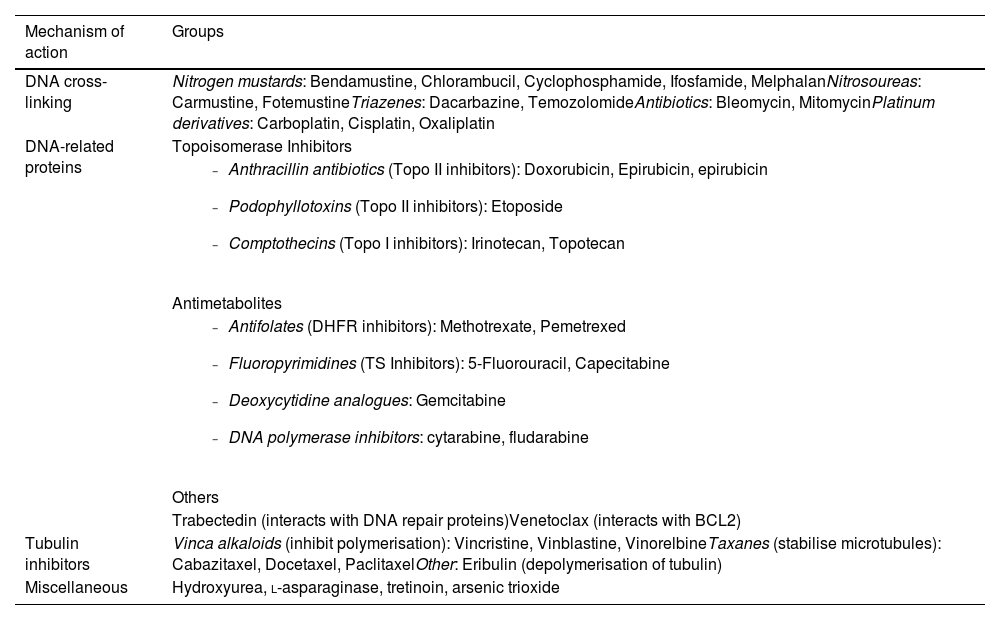With the advance of cancer therapy in recent years, the knowledge of the mechanisms involved in this disease has increased, which has meant an increase in the quality of life and survival of patients with tumor pathologies previously considered incurable or refractory to treatment. The number of drugs used has increased exponentially in number, and although the implicit toxicity is lower than that of conventional antineoplastic therapy, they lead to the appearance of new associated adverse effects that the ophthalmologist must recognize and manage.
Con el avance de la terapia contra el cáncer en los últimos años, ha aumentado el conocimiento de los mecanismos involucrados en esta enfermedad, lo que ha supuesto un aumento de la calidad de vida y de la supervivencia de pacientes con patologías tumorales anteriormente consideradas incurables o refractarias al tratamiento. El número de fármacos utilizados ha sufrido un aumento exponencial, y a pesar de que la toxicidad implícita es menor que la de la terapia antineoplásica convencional, conllevan la aparición de nuevos efectos adversos asociados que el oftalmólogo debe reconocer y manejar.





















